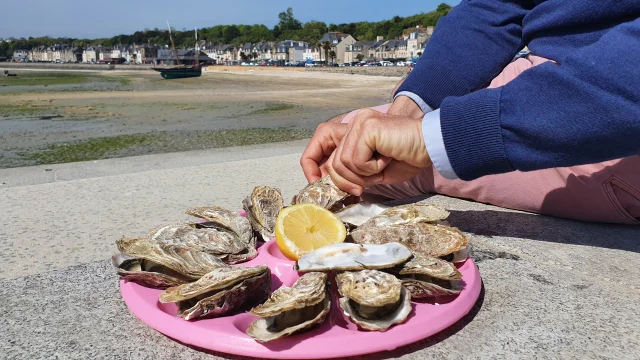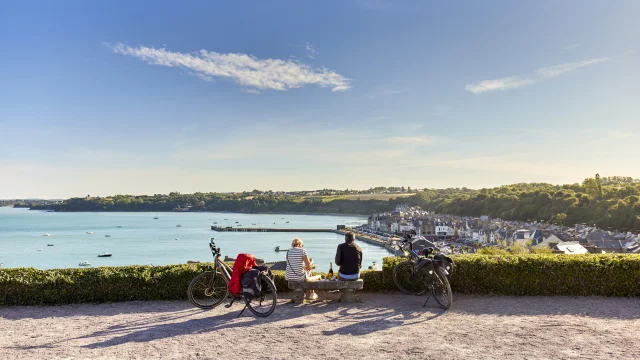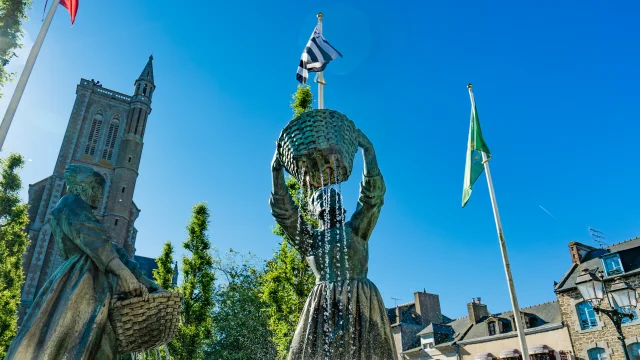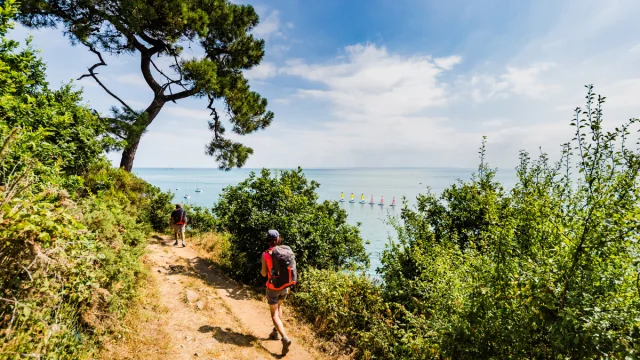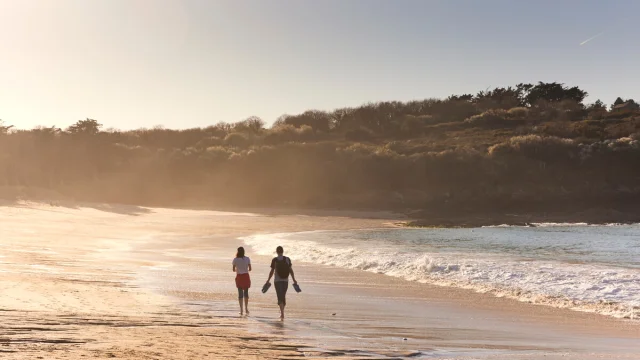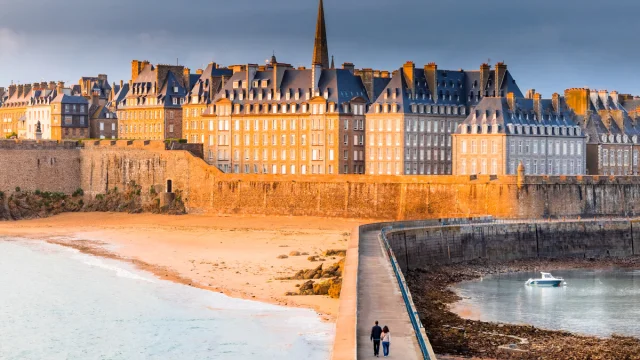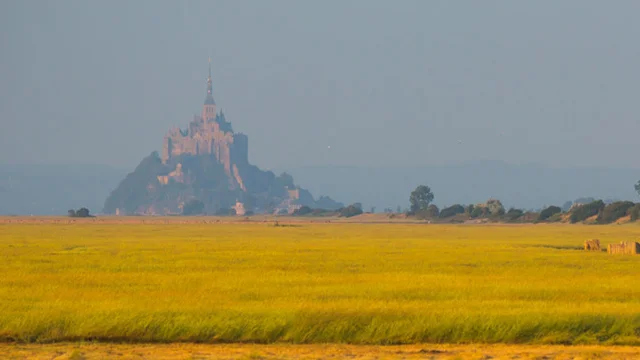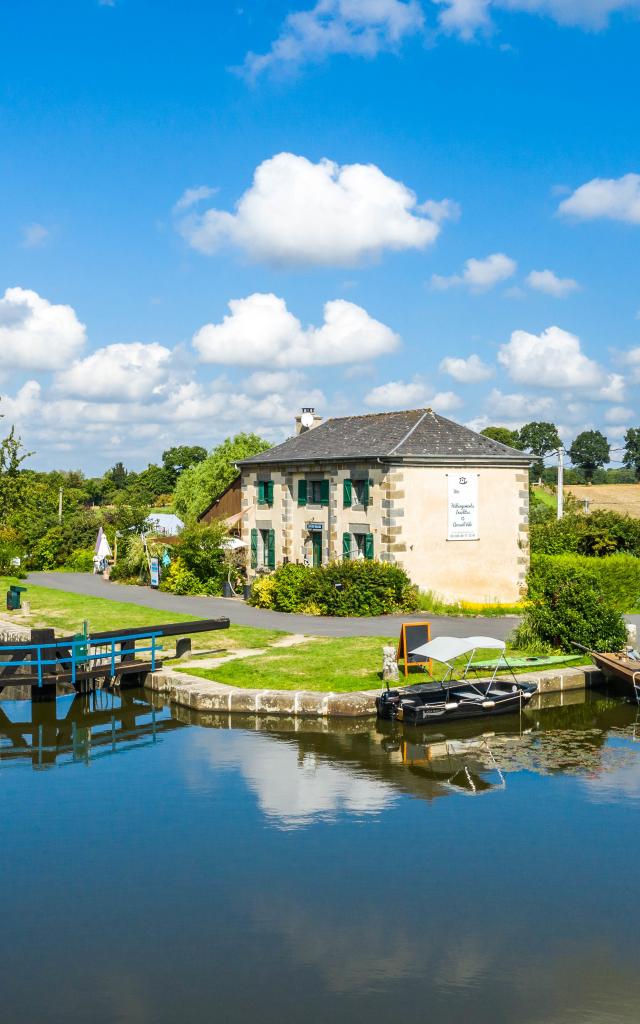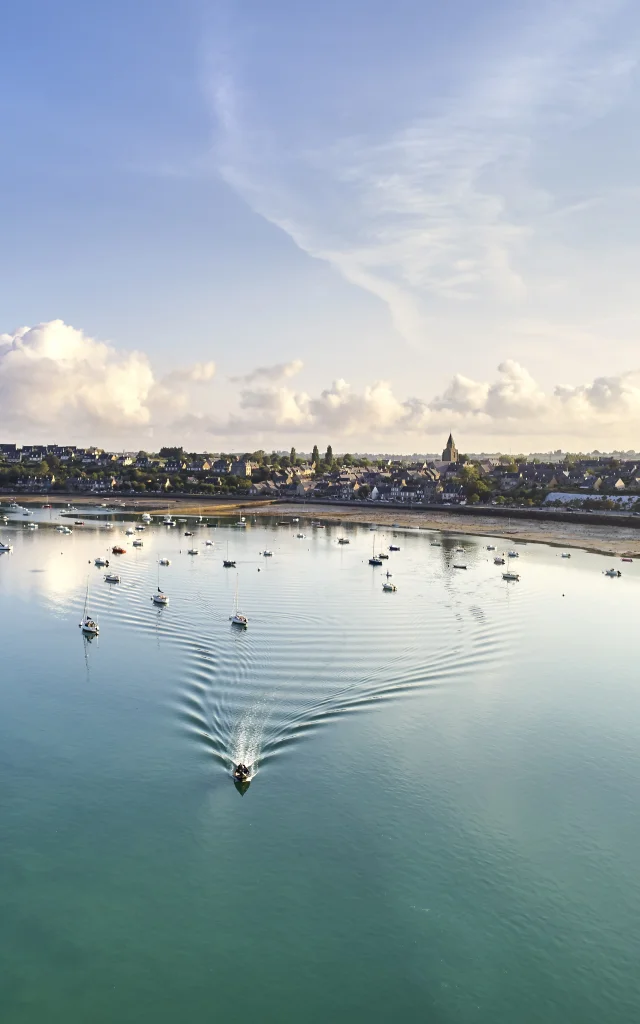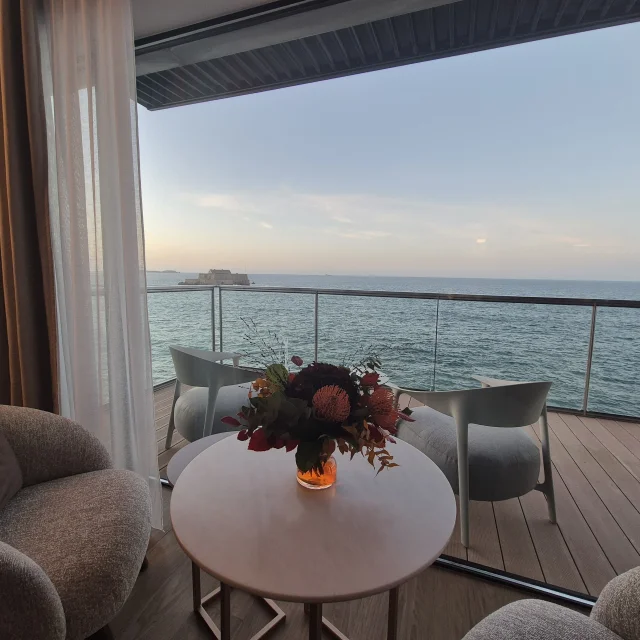1.
The Bay and Cancale and the Bisquine
A traditional inshore fishing boat, the bisquine is an emblematic sailing vessel of Cancale: as early as the 19th century, more than 200 bisquines anchored in the Port de la Houle. Today “La Cancalaise“, a replica of the 1905 Cancale bisquine “La Perle”, offers a wide range of sailing trips.
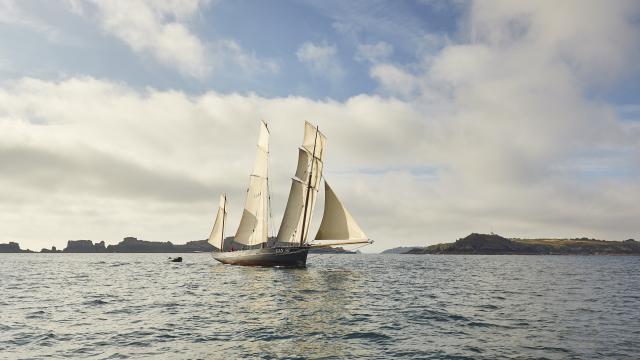 ©alamoureux Bisquine La Cancalaise (75)
©alamoureux Bisquine La Cancalaise (75)
